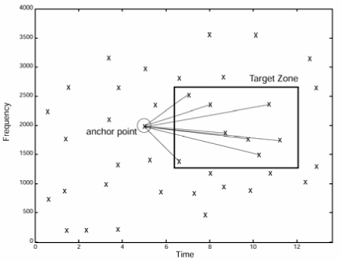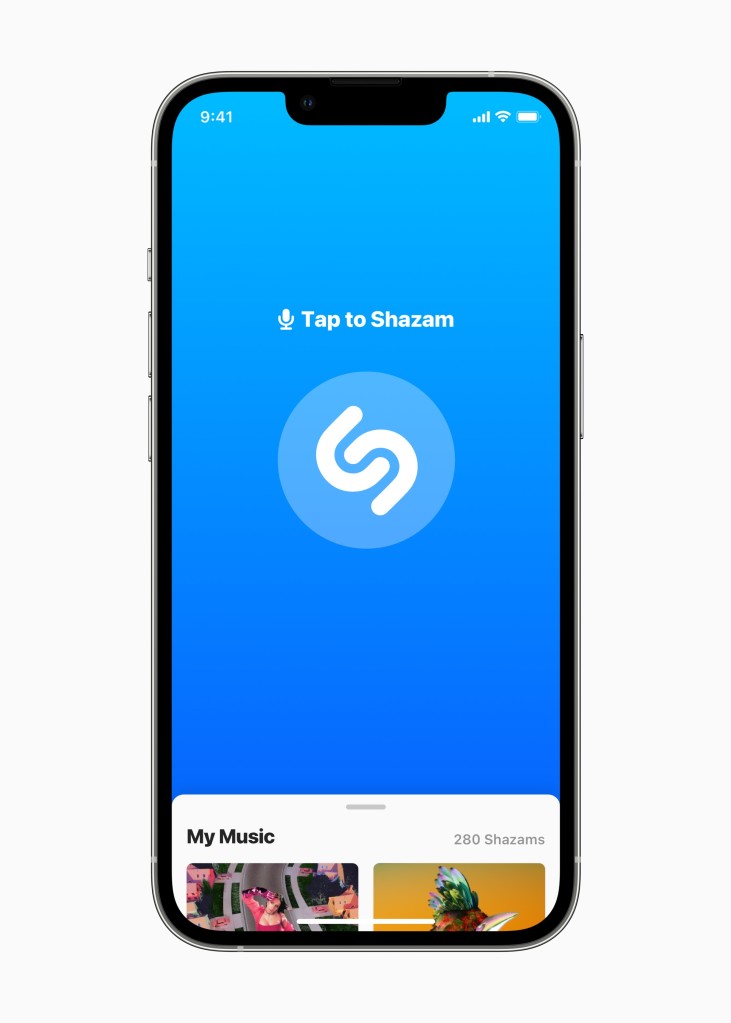It was 20 years ago today – Shazam, now an Apple subsidiary, first launched and changed how the world identifies tunes. Here’s a look back, including some obscure history.
I guess one of my unpopular opinions – at least among music nerds – is that I love Shazam. I love it because I love finding music – obscure and obvious. I love it because I routinely dig through the playlist it makes and go and buy the music from the producers. I love it when it’s right, which is these days a surprising amount of the time. I even love it when it’s wrong, for some reason. It’s also – this is not an Apple ad, I swear – really great that you can discreetly tap an Apple Watch and get an ID.
And for the record, I still ask DJs for IDs, too – when appropriate. (Not when they’re in the middle of a transition, but yes, when it’s unreleased music by their friend.)
Researcher Avery Li-Chun Wang published the way their original technology works back in 2003. It’s fairly straightforward fingerprinting at its core – you take a spectrogram of the sound, and “fingerprint” that against a database to see if you get a reproducible hash.

An Industrial-Strength Audio Search Algorithm
But the path to ubiquity has taken place over a long evolution for the app.
Shazam timeline and firsts
The first-ever Shazam on the prelaunch public beta came on April 19, 2002, with T. Rex’s “Jeepster.” Here you go, in case that didn’t ring any bells – I’m going to guess that was in a hip Shoreditch venue or something, since the app was born in the UK and this is some British glam rock history:
1999: Shazam Entertainment founded by Chris Barton and Philip Inghelbrecht, then students at UC Berkeley. They would later hire away Avery Wang as an engineer, plus Dhiraj Mukherjee.
August 2002: launch (UK only). In 2002, there was no iPhone, so the service required dialing a phone number – 2580 – holding up your phone, then waiting for an SMS text with the results. Accordingly, the app was titled “2580,” not Shazam, at launch.
September 2002: First app hits 1,000 Shazams – “Cleanin’ Out My Closet” by Eminem. The first million-Shazam song would come eight years later, and the 10 million-Shazam song ten years later.
2004: US launch, on AT&T Wireless (with now long-since-forgotten Musicphone).
July 2008: Shazam launches on the just-released App Store from Apple. (Android followed later that year.) First Shazam on the iOS app – weirdly, as the clue is in the lyrics on this one – “How Am I Different” by Aimee Mann.

February 2010: iPhone app reaches 1,000,000 Shazams: “TiK ToK” by Ke$ha.
December 2012: Somebody That I Used to Know” by Gotye feat. Kimbra is the first 10 million Shazam song. That’d double in just three years.
February 2013: Beatport integration.
September 2014: iOS 8 integrates Shazam in Siri.
April 2015: Shazam on the Apple Watch.
May 2015: David Guetta is the first artist to hit 100 million Shazams.
October 2015: “Prayer In C (Robin Schulz Radio Edit)” by Lilly Wood & The Prick and Robin Schulz is the first 20 million Shazam song.
December 2016: Shazam partnership.
September 2018: Acquired by Apple, becomes fully-owned subsidiary – for a reported $400 million.
June 2021: 1 billion Shazams per month.
May 2022: 2 billion lifetime installs.
August 2022: 70 billion Shazams, all-time.
PS, “Shazamed” or “Shazammed”? My iPhone is currently auto-completing with two m’s, as part of Apple’s auto-complete product placement, but I think that’s UK-preferred spelling. The US seems to prefer one ‘m’ for Shazamed, even those that looks like it rhymes with “sha-shame.” “Shazame” I guess is what happens when your mates spot you Shazamming a track everyone knows.
And three records for you –
Drake is the most Shazamed artist of all time with over 350 million Shazams across songs the artist has led or featured on. “One Dance” is Drake’s most popular track at over 17 million Shazams.
“Dance Monkey” by Tones And I is the most Shazamed song ever with over 41 million Shazams.
“Crazy” by Gnarls Barkley was the most Shazamed song using the “2580” text service.
OS support over time, in addition to phone + SMS – Android, Wear OS, iOS, watchOS, BlackBerry OS, and Windows Phone, plus desktop macOS – that app can Shazam in the background as you listen. It was even just updated last week.
Oh, and PS, while I hadn’t thought about them for a long time until writing this, rival Soundhound still exists. They’ve shifted more into voice AI tech now, however.
“Shazame” is I guess what happens when your mates spot you Shazamming (Shazaming?) a track everyone already knows.
The latest on Shazam
Shazam has continued to add features, including integration with Apple’s Control Center and a Shazam Website version (both debuted in 2020). And there’s now ShazamKit for developers, which lets you match prerecorded audio to custom results. That means it’s not only for music matching, but also virtual learning and other use cases. (That’s interesting and one to investigate separately, even.)
Shazam also was part of the tech enabling Apple’s new DJ mixes, essentially giving Apple access to in-house fingerprinting tech.
Other highlights:
Shazam has been sharing predictions for what will become popular
Here’s how to view your whole Shazam history on iPhone
Beat Shazam is a game show based on the app, running from 2017 – the fifth season this year. Well, this obviously needs a more obscure version with us.
I remain interested in the tech – not least because it allows independent producers and labels working with digital distribution to make sure people find and hopefully buy and download their music and book producers.
So we’ll keep watching it. Happy 20th.
Product images courtesy Apple.